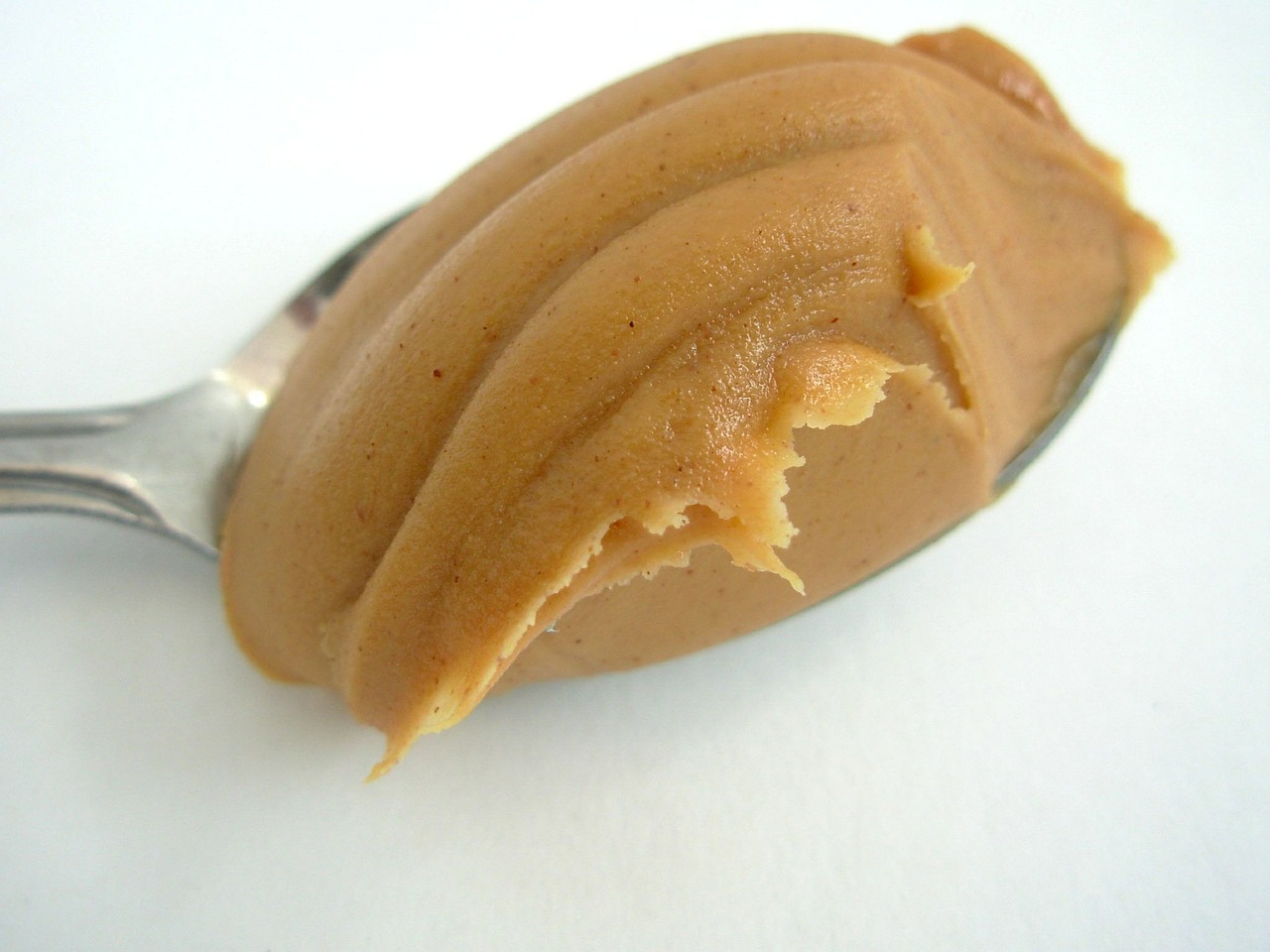Interestingly, peanut butter contains neither nuts nor butter.
If you’ve watched episode 6, season 4, of 3rd Rock From the Sun – I *love* 3rd Rock From the Sun – you know that peanuts are not nuts:
“A lot of people don’t know that a peanut is not a nut. It’s a legume.”
“And a lot of people don’t know that a walnut is not a peanut. It’s a walnut.”
I digress.
Let’s check out who the heck thought to make a paste from ground peanuts.
The act of creating a paste out of peanuts dates back thousands of years ago in South America. However, that wasn’t really peanut butter as we know and love it to be today.
The peanut plant is thought to have originated in Peru or Brazil as far back as 1500 BC. The Incans found uses for peanuts in addition to eating – they used the legumes for sacrificial offerings and entombed them with their mummies, believing they helped those going onto the next life.
By the way, the peanut plant flowers above the ground and fruits below the ground – very unusual behavior for a plant.
Peanuts didn’t make their way to the US until the early 1800s, where they were first used for oil and as a cocoa substitute. The crop was considered difficult to grow. On top of that, peanuts were considered to be food for livestock or poor people.
Here are the prominent points in peanut butter’s life, starting with the 1800s:
- Mid 1840s: The first commercial peanut farm began operation in Virginia.
- 1884: Marcellus Gilmore Edson patented peanut paste.
- 1890: A St. Louis doctor (name unknown) thought to promote peanut paste as a protein option for those with bad teeth.
- Mid 1890s: The Kellogg brothers patented the process of preparing peanut butter with steamed nuts (today the nuts are roasted).
And the important milestones in the 1900s:
- 1903: Ambrose Straub patented a peanut butter making machine.
- 1904: Peanut butter was officially introduced to the public by C.H. Sumner at the St. Louis World’s Fair.
- 1908: Krema Products Company in Ohio began selling peanut butter; they are the oldest peanut butter company in existence today.
- 1922: Chemist Joseph Rosefield patented a process to make peanut butter smoother by using partially hydrogenated oil instead of regular oil. This enabled peanut butter to stay fresh for up to a year.
- 1928: The company that came to be Peter Pan Peanut Butter purchased Rosefield’s licensed invention.
- 1932: Rosefield began producing his own peanut butter under the name Skippy.
- 1934: Rosefield came up with crunchy peanut butter.
- 1955: Proctor & Gamble introduced Jif Peanut Butter.
As we can see from the timeline, peanut butter was reinvented several times. You may also notice that George Washington Carver – thought by many to be the inventor of peanut butter – is not mentioned. This is because he did not in fact create peanut butter. Although, he is credited with coming up with over 300 uses for peanuts.
Peanut butter met jelly around World War II. With Grapelade popularizing jelly, and the invention of sliced bread having just taken off, the infamous trifecta was consumed by soldiers away at war. When they came home, PB&J hit the map.
Fun peanut butter facts about the beloved food today:
- It takes about 540 peanuts to make a 12 ounce jar of peanut butter.
- Jif owns the world’s largest peanut butter plant, cranking out 250,000 jars a day.
- Peanut butter accounts for half of the US edible use of peanuts.

So a peanut is not really a nut?